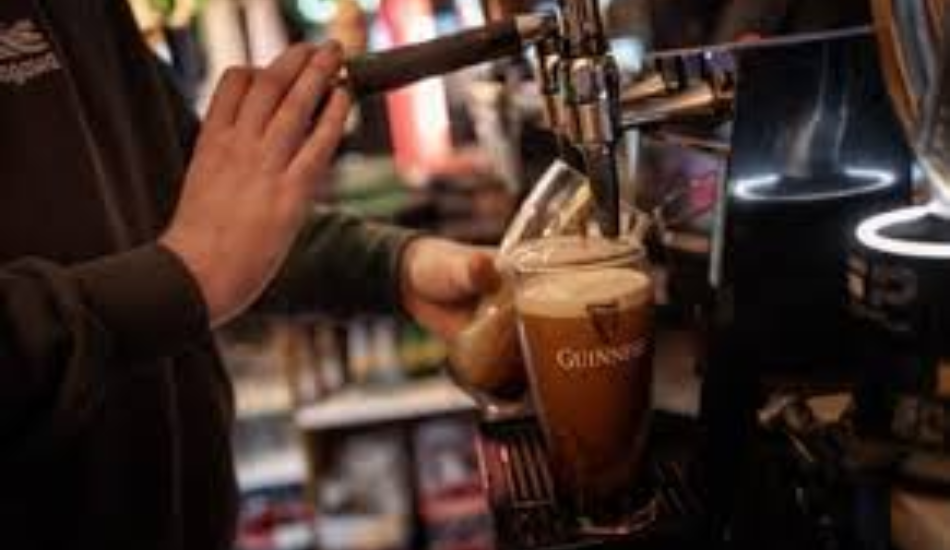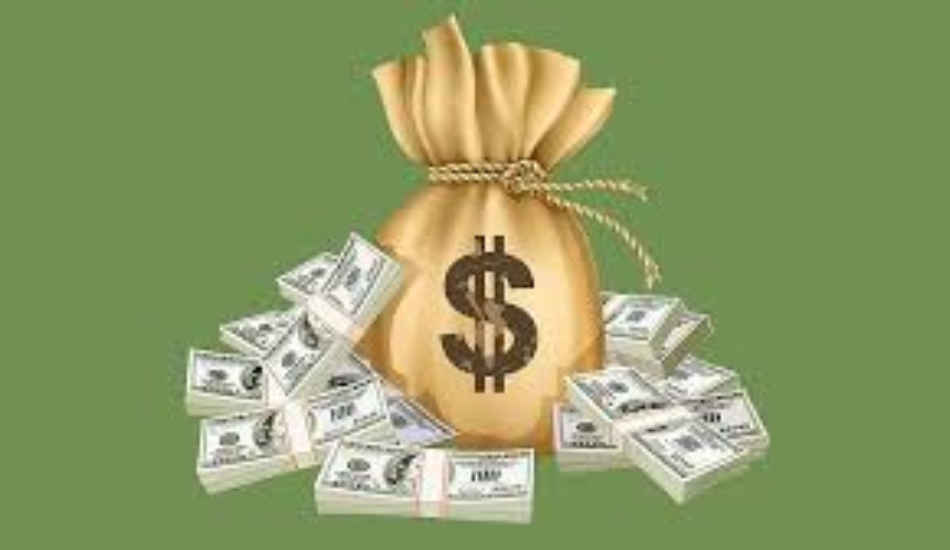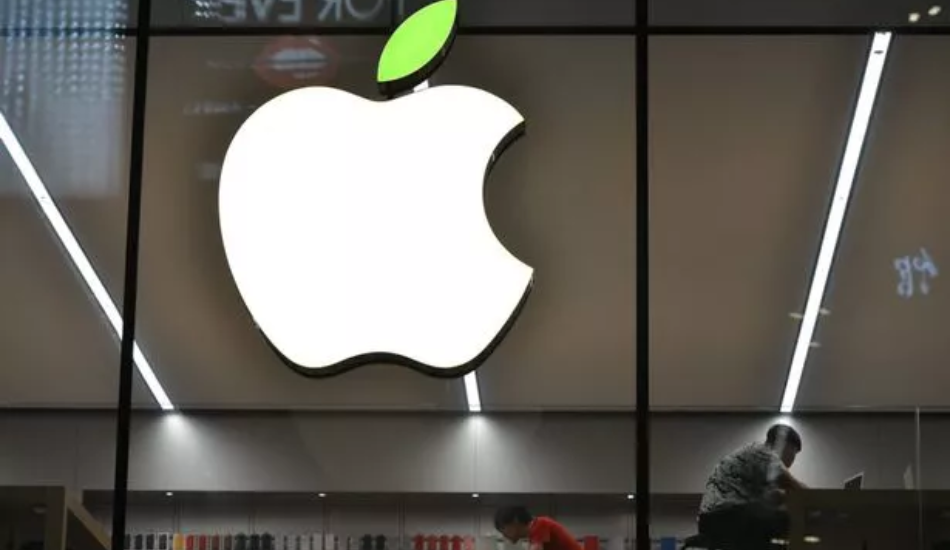
Inflation picked up in November, a sign that the path to bringing down price pressures remains bumpy.
The consumer-price index rose 2.7% from a year earlier, the Labor Department said Wednesday, after rising 2.6% in October. Core prices, which exclude volatile food and energy items, climbed 3.3% over the previous 12 months, reports The Wall Street Journal.
The results matched the expectations of economists surveyed by The Wall Street Journal.
Stocks rose in morning trading. The Nasdaq Composite jumped more than 1%.
The CPI index rose 0.3% from the prior month, the strongest month-over-month increase since April. The increase was driven by persistent inflationary pressures in the cost of food, vehicles and medical care.
The pace of housing-cost increases cooled slightly from the prior month, which economists said was a welcome development. But they voiced concerns about persistent inflation in the services sector, which makes up the lion’s share of U.S. economic activity. Core goods inflation also picked up from the prior month, led by a jump in vehicle prices.
“Overall we’re looking at an environment where the low-hanging fruit has been picked and it’s getting harder and harder to make further inroads into reining in inflation,” said Sarah House, senior economist for Wells Fargo.
“Now we’re getting to a point where you really need the demand side of the economy to weaken,” she said. “That’s what makes the last mile so hard.”
The report follows other data that suggest U.S. consumers are feeling relatively upbeat, buoyed by a strong jobs market. Spending rose at a steady clip in October, according to recent data from the Commerce Department.
Consumers have become more optimistic following the U.S. presidential election, according to measures from the University of Michigan and the Conference Board.
Business confidence also has improved on hopes of more business-friendly tax and regulatory policies under the incoming Republican administration.
On Tuesday, the National Federation of Independent Business said its small-business optimism index jumped in November to its highest reading since June 2021. The Business Roundtable CEO Economic Outlook Index, which measures company plans for capital investment, hiring and sales, rose to the highest level in more than two years in the fourth quarter.
Businesses say inflation is normalizing after a volatile few years of supply-chain disruptions and swings in demand.
“Mainstream households are feeling more confident and are returning to their prepandemic shopping patterns more quickly,” said Kroger Chief Executive Rodney McMullen on an earnings call last week.
Still, he warned that “budget conscious households remain under pressure as the effects of multiyear inflation and higher interest rates have had a larger impact on these households.”
The Labor Department’s latest snapshot on inflation comes days ahead of the Federal Reserve’s next policy meeting. Since September, officials have cut the benchmark federal-funds rate by a combined 0.75 percentage point, to a range between 4.5% and 4.75%.
Concerns about the labor market weakening eased somewhat last week with the release of the Labor Department’s payrolls report for November. It showed employers added jobs at a robust pace last month, and that workers who were sidelined by storms and strikes got back on the job. Unemployment remained low, and year-over-year wage growth stood at 4% for the second month in a row, matching a six-month high.
The Fed meets next week on Dec. 17-18, its last gathering before President-elect Donald Trump takes office. Pricing in futures markets show investors expect the Fed to cut interest rates by another 0.25 percentage point in December.
Trump’s re-election has raised concerns that policy proposals such as tax cuts, tariffs on imported goods and deportations of workers could reignite inflation.
“Sticky service sector inflation driven by strong aggregate demand, stubborn shelter inflation, along with the arrival of expansionary fiscal policy, tariffs and tighter immigration policy, all imply that the Fed will be on pause following its widely expected December rate cut until March 2025 at the earliest,” said Joe Brusuelas, chief economist at RSM.









